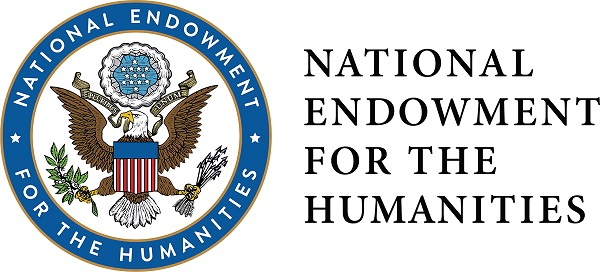
US Government Documents related to Indigenous Nations
Sponsor
Frank H. H. Roberts Jr.
Committee
Bureau of American Ethnology
Congress
85th Congress, 1st Session
Files
Download Full Text (24.4 MB)
Description
Published as a series sponsored by the Smithsonian Institution Bureau of American Ethnology, the “River Basin Surveys Papers” are a collection of archeological investigations focused on areas now flooded by the completion of various dam projects in the United States. The River Basin Surveys Papers (numbered 1-39) were mostly published in bundles with 5-6 papers in each bundle. In collaboration with the United States (US) National Park Service and the US Bureau of Reclamation, the US Department of the Interior, and the US Army Corps of Engineers, the Smithsonian Institution pulled archeological and paleontological remains from several sites prior to losing access to the sites due to flooding. The Smithsonian Institution calls this project the Inter-Agency Archeological Salvage Program.
Paper number 9 focuses on excavation of the Koehler site, directed by Paul L. Cooper during the field season of 1948. Cooper posits that this area was likely a site of “aboriginal activity,” but he does not indicate which tribe(s) had likely occupied the Koehler site. The site is named for August Koehler who was identified as the landowner at the time of the excavation. Cooper offers a summary of other sites in the Heart Butte area and indicates that the Mandan, Hidatsa, and possibly the Crow tribes had inhabited the area. Excavation of the site revealed pottery shards which were not likely coil pots, along with works in stone and bone. No cache pits were found at the site. Cooper concludes that the site was likely occupied during the 18th century. The forward to this bundle of papers indicates that the Heart Butte area was not fully investigated prior to being flooded due to lack of funding. The paper includes illustrations, text figures, and maps.
Publication Date
1-1-1957
Keywords
Mandan Hidatsa and Arikara Nation, the Three Affiliated Tribes of the Fort Berthold Reservation, Mandan, Nueta, Hidatsa, Arikara, Sahnish, Crow, Archeological Salvage Program, excavation, anthropology, ethnology, Koehler site, Heart Butte Reservoir, pottery, artifacts, chipped stone, ground stone, bone, 18th century, eighteenth century
Organizations Referenced
Mandan Hidatsa and Arikara Nation, the Three Affiliated Tribes of the Fort Berthold Reservation, Mandan, Nueta, Hidatsa, Arikara, Sahnish, Smithsonian Institution, Bureau of American Ethnology, US Department of the Interior, US National Park Service, US Bureau of Reclamation, US Army Corps of Engineers, State Historical Society of North Dakota
People Referenced
Paul L. Cooper, Frank H. H. Roberts Jr., Gordon W. Hewes, Robert L. Hall, Warren L. Wittry, Vernon Gerving, Thad Hecker, Dorothy Thurlow Cooper, Russell Reid, Alan Woolworth, August Koehler
Publisher
Government Printing Office
Disciplines
American Politics | Indigenous, Indian, and Aboriginal Law | Indigenous Studies | Law and Politics | Native American Studies | United States History
Recommended Citation
Cooper, Paul L.. River Basin Surveys Papers, No. 9: Archeological Investigations in the Heart Butte Reservoir Area, North Dakota, Washington, D.C.: Government Printing Office, 1957. https://commons.und.edu/indigenous-gov-docs/56/.

Included in
American Politics Commons, Indigenous, Indian, and Aboriginal Law Commons, Indigenous Studies Commons, Law and Politics Commons, Native American Studies Commons, United States History Commons
Cultural Institutions Notice

Attribution Incomplete
Collections and items in our institution have incomplete, inaccurate, and/or missing attribution. We are using this notice to clearly identify this material so that it can be updated, or corrected by communities of origin. Our institution is committed to collaboration and partnerships to address this problem of incorrect or missing attribution.

Open to Collaborate
Our institution is committed to the development of new modes of collaboration, engagement, and partnership for the care and stewardship of past and future heritage collections.

